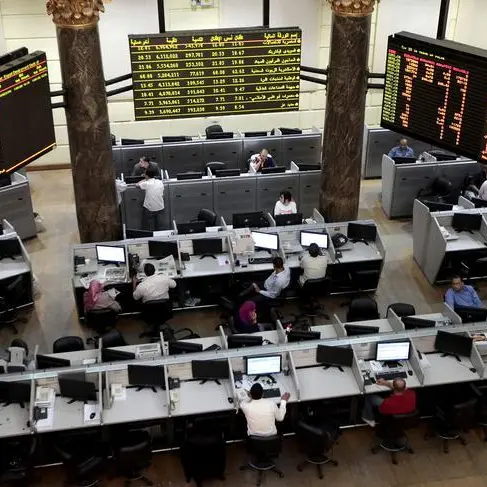PHOTO
NEW YORK - Wall Street’s bankers and traders get paid handsomely, but all things are relative. So it will smart that their employers all reported a drop in revenue for the first six months of the year from the same period in 2018, putting a dent in their compensation. A poorly timed hiring spree is exacerbating the pain.
Those toiling away at Goldman Sachs and Morgan Stanley probably feel the glummest on an absolute basis. Revenue fell by more than 7% at Goldman from a year earlier. The firm run by David Solomon is putting shareholders first by cutting the pool for pay and perks by a larger 11%, and the roughly 3% increase in co-workers takes that to 14% for the average employee.
Staff at Morgan Stanley’s institutional-securities division will be bracing for worse, with pay set aside during the past six months falling slightly more than the 13% drop in the top line, the worst on the Street. James Gorman’s firm doesn’t break out headcount by division, so an outsider can’t deduce average pay. Nor do Citigroup and Bank of America, which also don’t reveal each unit’s compensation.
JPMorgan’s corporate and investment bank does, and staff there are doing better than their peers in two respects. Their pay pool shrank the least – under 2% – even though revenue fell by more than double that. But division chief Daniel Pinto also oversaw an almost 7% increase in staff over the past year. That takes average pay down by more than 8%.
On that basis, employees at Jefferies, which reported earnings last month, will feel more downtrodden. The average staffer faces a more than 11% cut in compensation, almost double the drop in the overall compensation pool as the firm boosted its headcount by almost the same percentage as JPMorgan.
Jefferies is smaller than its peers, but remains the most lucrative place to work. Average annual compensation could hit $464,000 this year, if the ratio of first-half to second-half pay matches last year’s. That’s almost $130,000 a head more than the equivalent number at Goldman. The biggest aren’t always the most generous.
CONTEXT NEWS
- The largest U.S. banks and investment banks reported second-quarter and first-half earnings in the week beginning July 15.
- For the first six months of the year Bank of America posted a 1% overall increase in revenue, compared with a year earlier, with JPMorgan adding 4%, compared to the same period in 2018. The top line in their investment-banking units – broadly including trading, advising on deals and underwriting debt and equity – fell by 3.2% and 4.5%, respectively.
- Overall revenue fell by less than 1% over the same time frame at Citigroup, and by mid-single digits at both Goldman Sachs and Morgan Stanley. The top line at Morgan Stanley’s investment bank dropped almost 13%.
- Goldman and Morgan Stanley had almost 3% more employees than at the end of June last year. JPMorgan had added almost 7% to the ranks of its investment bank. Jefferies Group, which reported earnings a year earlier had just over 6% more staff at the end of May, when its second quarter closed, than a year earlier.
(Editing by John Foley and Amanda Gomez)
© Reuters News 2019












